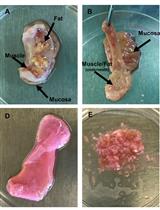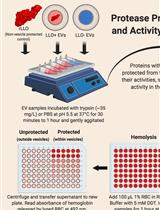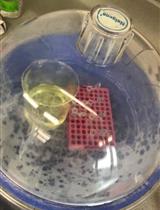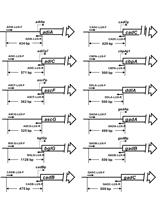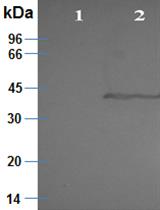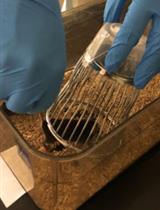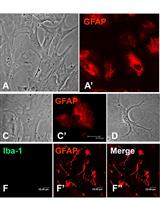往期刊物2020
卷册: 10, 期号: 2
生物化学
Ribonucleoprotein Immunoprecipitation (RIP) Analysis
核糖核蛋白免疫沉淀分析
Protocols for Processing and Interpreting cryoEM Data Using Bsoft: A Case Study of the Retinal Adhesion Protein, Retinoschisin
利用Bsoft处理和解释冷冻电镜数据方法:视网膜粘连蛋白,视网膜劈裂蛋白的实例研究
生物物理学
Studying Protein Aggregation in the Context of Liquid-liquid Phase Separation Using Fluorescence and Atomic Force Microscopy, Fluorescence and Turbidity Assays, and FRAP
利用荧光和原子力显微镜、荧光和浊度分析以及FRAP研究液-液相分离中的蛋白质聚集
Characterizing the Two-photon Absorption Properties of Fluorescent Molecules in the 680-1300 nm Spectral Range
680-1300 nm波段荧光分子双光子吸收特性的表征
癌症生物学
Isolation of Stem Cells, Endothelial Cells and Pericytes from Human Infantile Hemangioma
人婴幼儿血管瘤中干细胞、内皮细胞和周细胞的分离
Bone-in-culture Array to Model Bone Metastasis in ex vivo Condition
体外骨碎片培养列阵模拟骨转移
免疫学
Automated Analysis of Cell Surface Ruffling: Ruffle Quantification Macro
细胞表面Ruffling的自动分析:Ruffle的宏观量化
Quantifying HIV-1-Mediated Gut CD4+ T Cell Death in the Lamina Propria Aggregate Culture (LPAC) Model
固有层聚集培养模式中HIV-1介导的Gut CD4+ T细胞凋亡的量化分析
微生物学
Study of Microbial Extracellular Vesicles: Separation by Density Gradients, Protection Assays and Labelling for Live Tracking
微生物胞外囊泡的研究:密度梯度分离,保护性分析和活体示踪标记
Sulfatase Assay to Determine Influence of Plants on Microbial Activity in Soil
硫酸酯酶法测定植物对土壤微生物活性的影响
Measurement of the Promoter Activity in Escherichia coli by Using a Luciferase Reporter
利用荧光素酶报告系统检测大肠杆菌中启动子活性
A Radioactive-free Kinase Inhibitor Discovery Assay Against the Trypanosoma brucei Glycogen Synthase Kinase-3 short (TbGSK-3s)
一种无放射性布氏锥虫糖原合成酶激酶-3抑制剂探究实验
神经科学
A Single Test to Study Social Behavior and Repetitive Self-grooming in Mice
研究小鼠社交行为和重复自我修饰的单一试验
A Simple and Efficient Method for Concomitant Isolation and Culture of Enriched Astroglial and Microglial Cells from the Rat Spinal Cord
一种简单有效的大鼠脊髓星形胶质细胞和小胶质细胞联合分离培养方法
Protocol for Measuring Free (Low-stress) Exploration in Rats
大鼠自由(低应力)探索测量方案


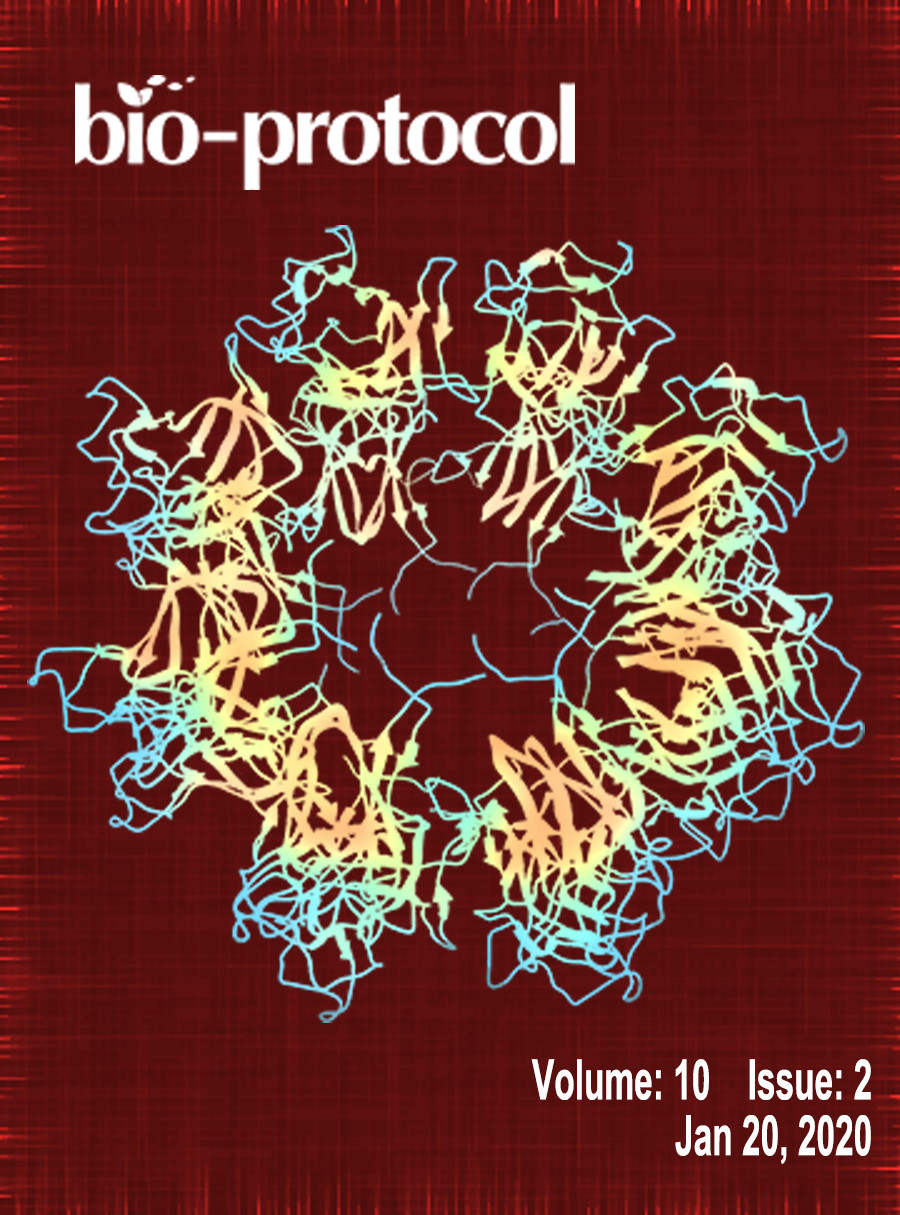
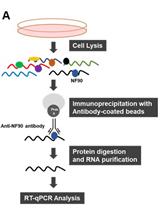
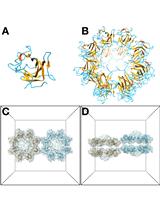
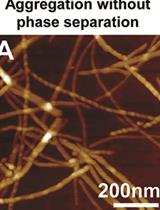
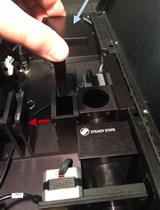
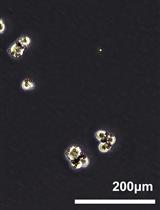
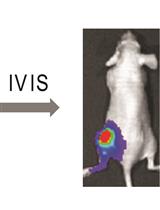
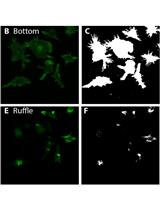
.jpeg)


